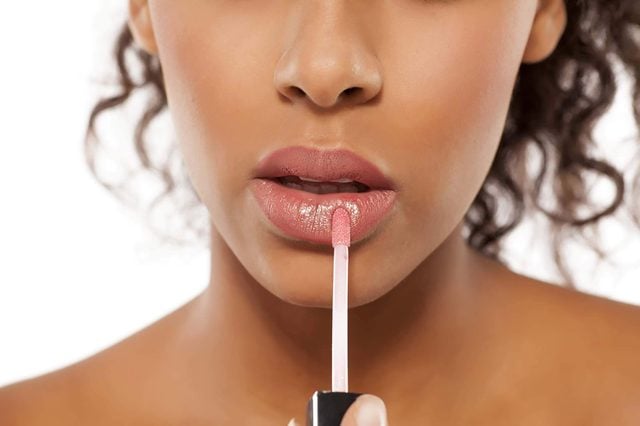
Why undertone is important
Color plays an integral role in the world we live: Its effects have been proven to sway thinking, change actions, raise your blood pressure, and even suppress your appetite. Regardless, not all colors are complementary and every hue falls under a spectrum. If you’ve ever tried out a neon crop top or vibrant shade of lipstick that looked stunning on someone else but fell flat on you, you’ve fallen victim to an undertone clash. When it comes to the realm of fashion and beauty, identifying the subtle shades that comprise your skin is an intrinsic component to proper styling. But while it’s critical for your shopping cart to know this, finding out exactly how to decipher one’s undertone poses for many a perplexing task. (Don’t miss these 51 fashion secrets from personal stylists).
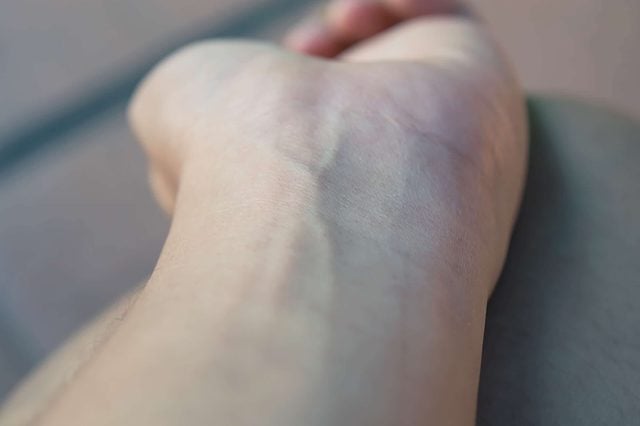
How to determine your undertone
There’s a rainbow of shades of skin, but fortunately, there are only three categories of undertones. The first step in understanding this concept? The skin’s surface tone may have various shades—ivory, light, medium, tan, dark, etc. (as anybody who’s picked out a foundation must surely know). However, this is not to be confused with undertone, which is the color underneath the surface. While you may share the same skin color as someone, you won’t necessarily share the same undertone. The processes of identifying this is actually rather simple: Roll up your sleeves and examine the veins on the inside of your wrist. If they look more blue or purple, you likely have cool undertones. If the veins look green or yellow, you’re warm-toned. And if it’s a medley of the both, you’re blessed with neutral undertones. Another technique can stem from your sunburn habits—when you’re out in the sun, does your skin turn a golden-brown, or does it burn and turn a fiery red? If the former sounds familiar, you’re likely warm-toned. On the contrary, cool undertones tend to roast and sunburn easily.
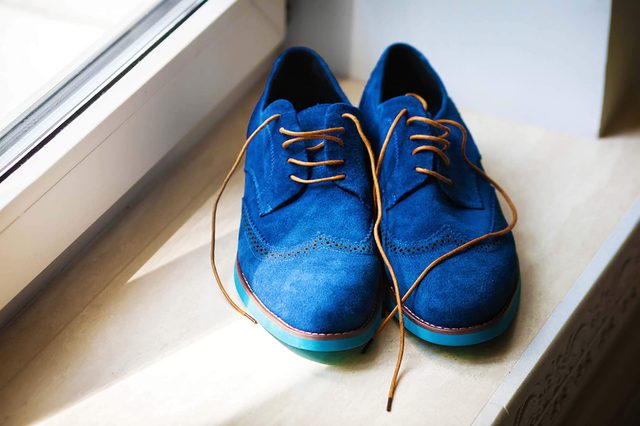
Cool undertone (pink, red, or bluish undertones)
If you’re a cool toned gal, your predominantly blue undertones pair beautifully with oceanic shades (think white, black, royal blue, gray, and navy). Frosty purples and pinks also look great on you, along with metallic silver and stark white—these shades contrast and hence neutralize the natural red in your skin. However, beware of styling tomato reds or oranges; contrary to initial instinct, matching this particular shade with your undertone will only make you look too rusty, and may just look like the color is wearing you. Find out the most flattering eye makeup for every eye color.

Warm undertone (yellow, peachy, or golden undertones)
On the flip side, warmer undertones look gorgeous in earthy shades like burnt orange, maple red, saturated yellow, and heathered brown (think sunset). You’ll also glow when wearing colors that remind you of autumn—dark green, taupe, and camel align perfectly with your wheelhouse. The same goes for peaches, corals, and rose gold; these delectable hues are sure to illuminate your skin. Stay away from chillier colors like royal blue, pale gray, and pewter white—these shades might give your skin a gray cast and make you appear washed out. Check out how to find the best hair color for your skin tone.
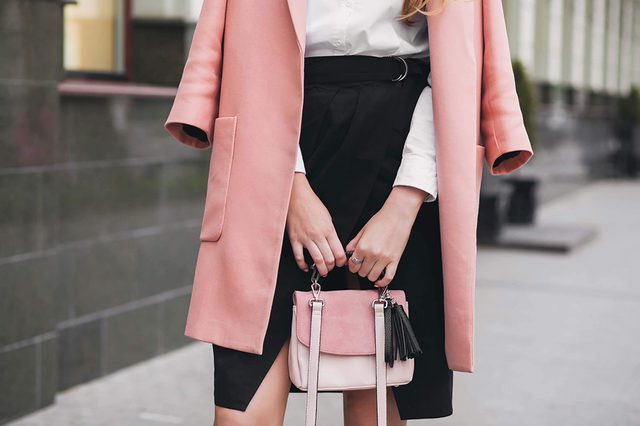
Neutral undertone (a mix of warm and cool undertones)
If you’re blessed with a diverse mingling of the two tones, you have a neutral base. While your hybrid coloring gives you more to choose from, it doesn’t mean the entire rainbow is yours for the taking. In general, you’ll look better when opting for softened and muted shades such as cream, lavender, and baby pink. Harsh, stark, or neon colors such as magenta, royal purple, and electric blue could potentially overwhelm your balanced complexion.
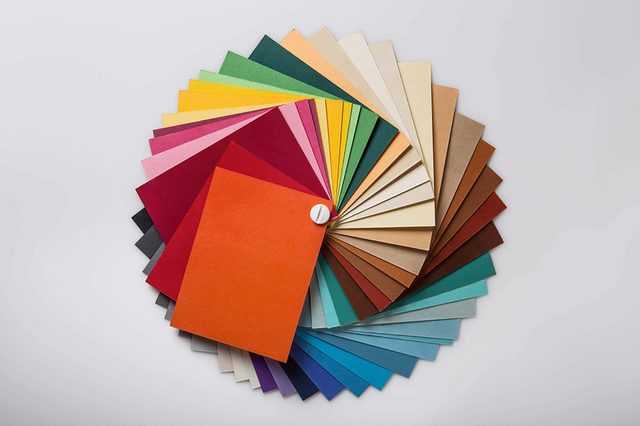
How to style the shades
It doesn’t end there; after all, we can’t go around wearing one solitary color at a time (unless the orange jumpsuit look is your thing). Now that you know which colors best complement your undertone, it’s equally important to calculate which colors complement each other. In order to decipher the essence of styling, the color wheel will become your best friend. Colorblocking has been, and always will be, a major fashion trend, so it may be worthwhile to find out which hues bounce off well against the other. For starters, split the color wheel in half with an imaginary line—one half is warm and the other half is cool. Simple enough. Next, pick any color you want to wear for the day and trace your finger over the line to the other side. The shade directly opposite it is its complementary and will be visually appealing against it (one warm and one cool). Now, take the same color and consider the shades directly to the left and right. These are its analogous buddies and will also streamline beautifully into your outfit. For a rule of thumb, if they correspond on the wheel, they’ll correspond in your wardrobe. If the colors you choose are analogous (all in your color wheelhouse), you’ve got the perfect palette for your skin. If your color combo is complementary (falls on opposing sides), wear the shade that most flatters your undertone closest to your face (top, scarf, earrings, etc) and strategically work the other one away from it or through detached accessories (bottoms, shoes, purse, etc). Find out the secrets to accessorizing like a pro.